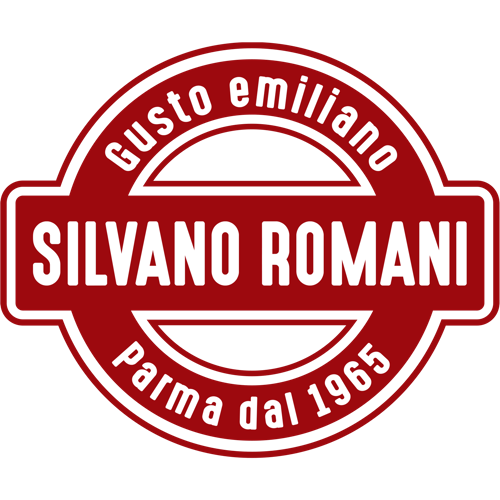
In order to make Parma Ham so special, above all it is important the choice of high quality raw material, it means 100% natural and Italian meat. Pigs of traditional Large White and Landrace races, with a minimum age of 9 months and an average weight of 160 kg, are bred in certain regions of Centre-North of Italy and they are fed with genuine foods such as corn, barley and serum derived from the production of Parmigiano Reggiano.
According to the regulation stated by the Consortium of Protection, the processing of Parma Ham only takes place in plants placed in the typical production area. It includes the territory of Parma’s province placed south of via Emilia, eastwards limited by Enza river and westwards by Stirone river; a territory whose environmental features have an essential role in reaching the final characteristics of the product.
In order to obtain this extremely genuine and quality product, you have to follow a production processing which doesn’t use neither additives nor preservatives: the maturing is the result of the competence of salt masters (our experts in salting) and of the dry and delicate air of the hills that characterize the typical area.
Processing of Parma Ham:
Cooling: after the butchery, the thigh is lef to cool down in a special refrigerating room for a whole day, so that hardens. Cooling lowers the temperature of the fresh legs up to approximately 0 °C. Except the cooling, no other treatment of preservation is allowed.
Paring: it consists of taking away the part of grease and rind, giving it the classical roundish shape.
Salting: cooled and pared legs are sent to the maturing’s plants for the salting. At this point salt masters (our experts in salting) carry out the process by using damp salt (on the rind) and dry salt (on lean parts). Chemical substances, preservatives or other additives can’t be used, and it isn’t possible to use procedures of smoking.
Resting: the salted leg is left to stand for 60-80 days in a refrigerating room, known as “refrigerating room for resting”, where temperature and damp are controlled. In this phase salt is superficially absorbed and it goes deep into it spreading in an uniform way in the muscular mass.
Washing and drying: after that the leg has been washed with lukewarm water in order to remove possible residues of salt or impurities, it is left to dry exploiting the natural environmental conditions or specific drying rooms.
Pre-maturing: the leg is hung to specific instruments known as “scalere”, in big rooms where the windows are open according to the darkness, in order to allow a gradual drying of the product.
“Sugnatura”: leg is beaten in order to perfect the roundish shape and sprinkled with lard, a grease-based product enriched with salt, pepper and sometimes rice flour. This mixture allows to avoid a too much quick drying and to keep Ham soft.
Maturing: Ham is put in a cellar, where it will mature for 10-12 months according to the size. At the moment of the transfer of Hams in the cellars, you can realize olfactory exams of the product, by using a specific needle made up of bone of horse, in order to value the progress of productive process.
Sounding and marking: when the necessary time has passed, the inspectors carry out specific checks and the next step is the marking of the product, which was considered suitable.

